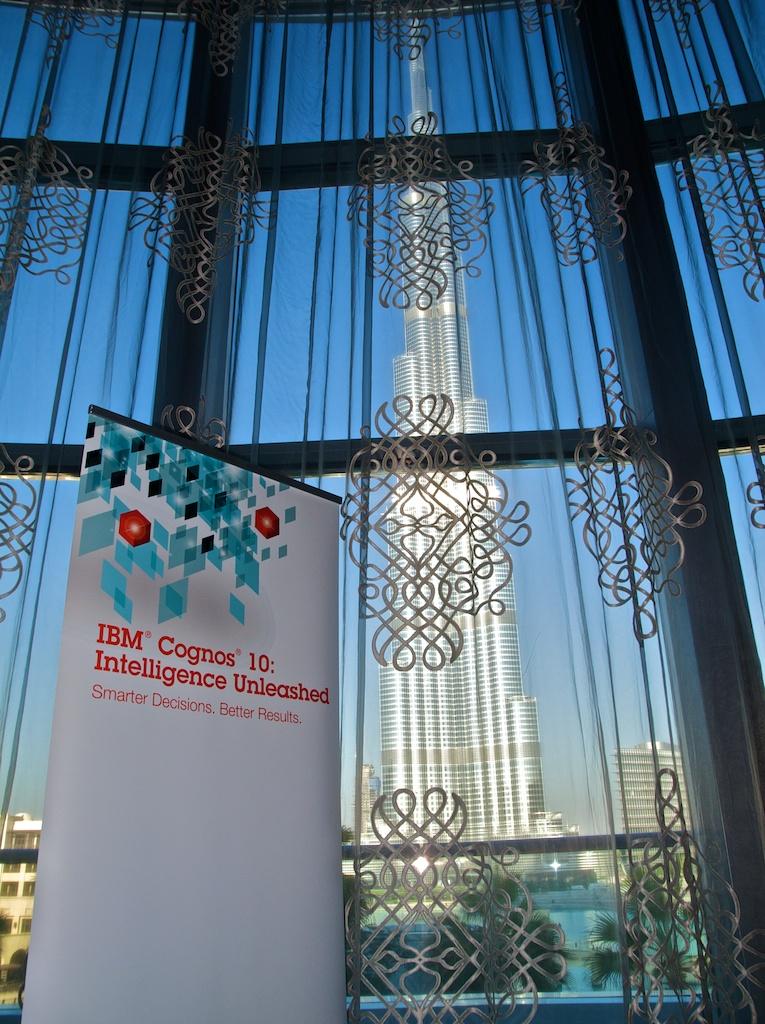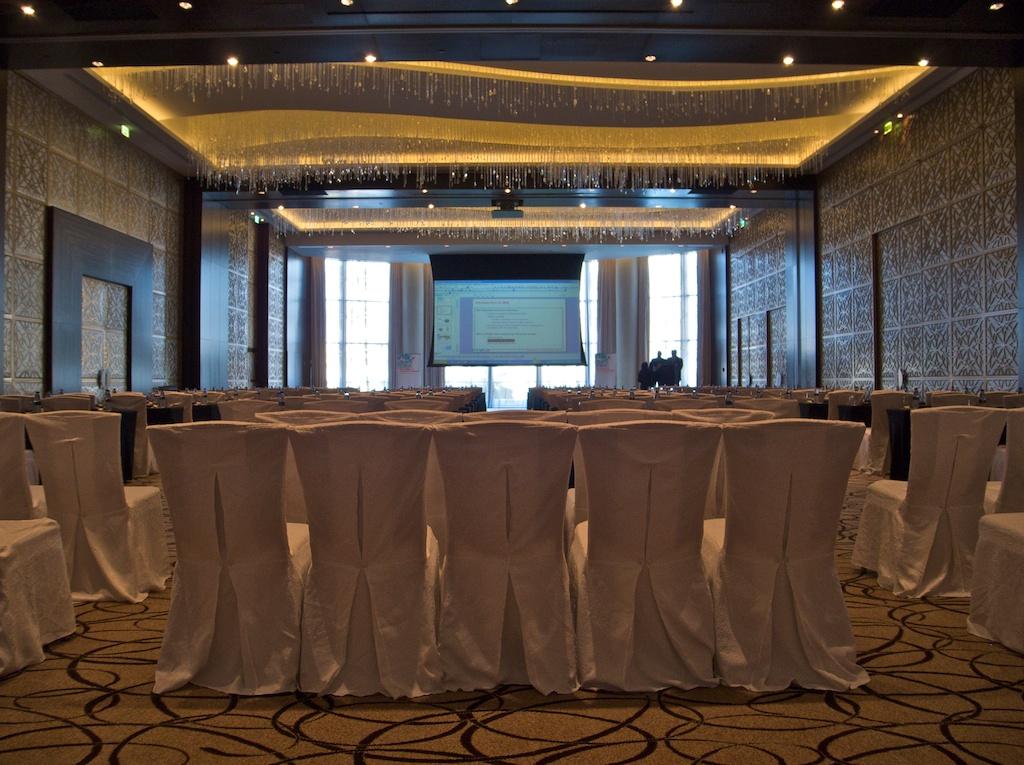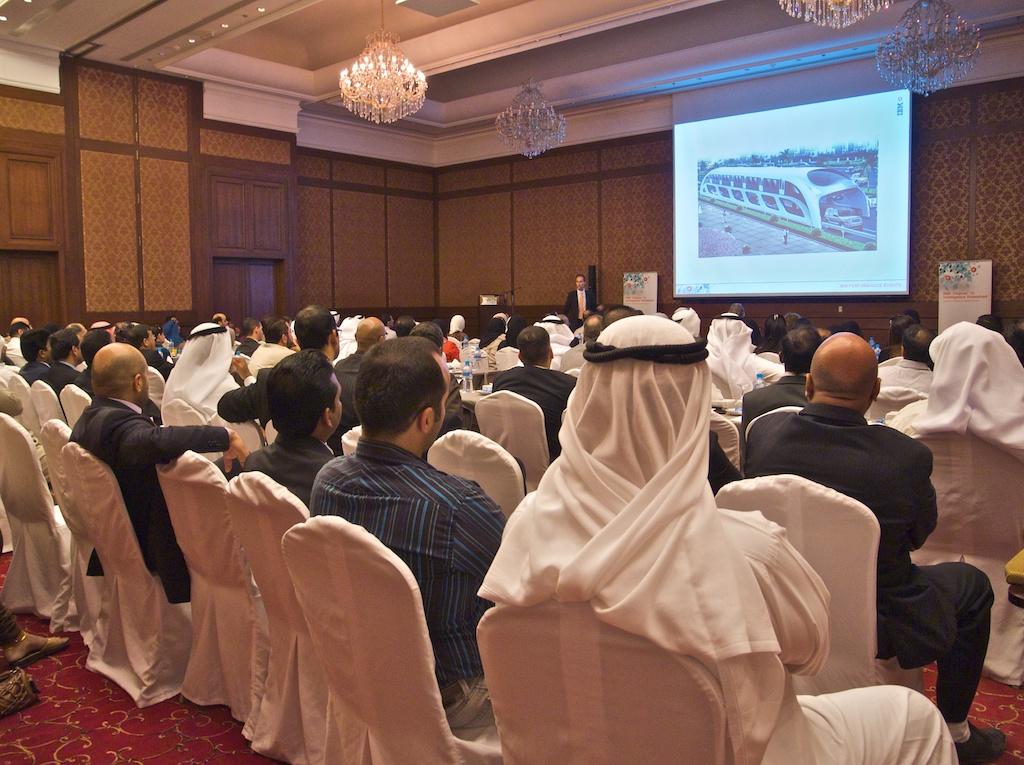It’s that time of the year! The annual Gartner BI Summit is just around the corner. This year’s edition will take place from January 31st through February 1st at the Park Plaza Westminster Bridge in London.
IBM is one of the main sponsors for this event, and my team and I will be quite busy during those days. We have planned some great activities to connect with our customers, partners and friends. There will be a big booth at the conference where we can meet. Some of our most knowledgeable resources will there. We are really excited to show our Cognos 10 platform. Here is a quick pre-view of some IBM Cognos related activities that might be of interest for you:
Monday, January 31st:
- 08:30 – 10:30: The traditional Gartner keynotes should not be missed.
- 11:45 – 12:30: Panel discussion – Peter Griffiths, our VP for Business Analytics development will participate. I love those panel discussions
- 12:45 – 13:45: ‘Preparing a BI Strategy’ workshop hosted by @tracyleeharris
- 14:00 – 16:00: ‘Best Practices in Rolling Forecasts‘ workshop….hosted by me. This is a great workshop for all people interested in finance processes.
- 16:15 – 17:15: ‘Demonstrating Value’ workshop hosted by @tracyleeharris
Tuesday, February 1st:
- 10:30 – 11:15: ‘Navigating Politics & Culture’ workshop hosted by @tracyleeharris
- 11:30 – 12:00: Our keynote ‘Smarter decisions, better results’. Leah Macmillan will be delivering this presentation and I have the honor to demo our cool Cognos 10 platform.
- 12:00 – 13:00: ‘Organizing for Success & Building a BICC’ hosted by @tracyleeharris
I have pasted the detailed descriptions of the workshops on the bottom of this post. We have limited space in all of these. So, please visit us at the booth early enough to sign up.
You might have noticed that my colleague Tracy Harris will be quite busy at the conference. She actually released a neat book towards the end of 2010. We will have plenty of copies for you at our booth. If you want, you can also download a copy for free before the conference. Tracy will be spending a lot of time at our booth….so get your questions ready!
That’s it for now. Looking forward to seeing everybody at the conference. Drop me a note if you want to meet.
Workshop Descriptions
Best Practices in Rolling Forecasts Workshop
This workshop is a highly practical one where our team will share key insights on designing, implementing and using rolling forecasts as part of a best practice performance management process. You will find out whether rolling forecasts are right for your organisation, what the best time horizon would be, and how rolling forecasts can alert you to emerging threats and opportunities. Discuss the relevance of forecasting, review best practices for implementing a rolling forecast, and identify how you can improve the forecasting process
Demonstrating Value Workshop
What kind of ROI do organisations see from BI and PM deployments? How do I
demonstrate the value of my investment? In this session, learn about building your
value portfolio for a strategic BI and PM investment including demonstrating ROI,
justifying your strategy, demonstrating value and how to embrace, enhance and
extend your investments.
Navigating Politics and Culture Workshop
Having trouble extending your BI deployment? Gaining user adoption? Learn some of
the most common practices and pitfalls that organisations encounter as they
implement BI enterprise-wide. Find out how they gained executive buy-in, managed
change, gained adoption and showcased initiatives within their organisation. By
learning more about these pitfalls and how other organisations have overcome them,
you will be more prepared for success.
Organising for Success & Building a BI Center of Excellence Workshop
In order to be successful at a strategic business intelligence or performance
management initiative, you need to be properly organised to execute. Learn about
the value of a Business Intelligence Center of Excellence, and discuss functions and
structures of these organisations.
Preparing a Strategy Workshop
What are the sweet spots of information? What key elements do I need to consider
when building a strategy? What is my business alignment strategy, my organisational
and behavioural strategy and my technology strategy? In this workshop we will
discuss the key elements to consider when building a strategy and roadmap to help
your organisation become best-in-class using analytics.








